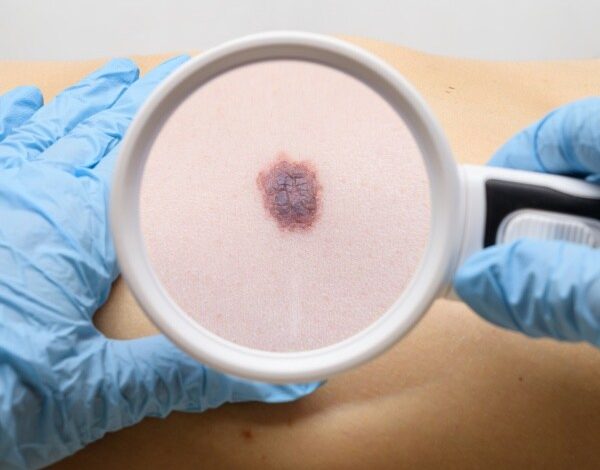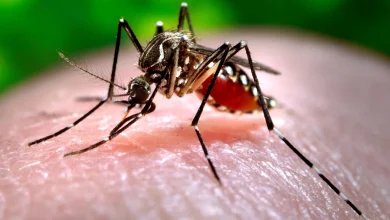Beware of Unusual Signs of Melanoma

The deadliest type of skin cancer, melanoma, has surged by 27% over the past ten years. According to the American Cancer Society, melanoma causes a significant number of skin cancer deaths even though it makes up only 1% of all skin malignancies.
Every year, melanoma affects roughly 100,640 Americans. It is predicted that 8,290 will lose their lives to the cancer, with males dying from the disease about twice as frequently as women.
Due to decades of skin exposure, older persons are especially susceptible to this potentially fatal illness. However, melanoma is highly treatable if detected early, according to AARP.
The first line of defence against melanoma is to protect yourself against ultraviolet (UV) radiation from the sun, as this is linked to 85% of cases of melanoma and 90% of nonmelanoma malignancies. Another is to always be on the lookout for any changes in your skin. Guidelines for conducting a monthly skin self-examination are provided by the American Cancer Society.
Dr. Elizabeth Buchbinder, an oncologist at the Dana-Farber Cancer Institute in Boston, states that melanoma “is a rule breaker.” According to her, little moles can cause a lot of problems because new spots can grow and spread swiftly. Thus, it’s crucial to know what to search for.
Here are four warning signs to watch for:
1. The so-called ugly duckling According to Buchbinder, there’s no reason to worry if you have a lot of moles because it increases your chance of melanoma. “They’re not all melanomas if you have a lot of dark moles but only 50 of them,” she explains. “However, you should really want to get that mole checked out and examined if it really stands out from the rest and seems unusual.”
2. “In areas without sunlight.” Not all melanomas are caused by UV light, despite the fact that most are. Look for any dark striations on the palms of your hands or the soles of your feet that can indicate melanoma. Singer Bob Marley finally passed away from melanoma, mistaking the mark beneath his toenail for a bruise. Additionally, Buchbinder reports that in rare instances, melanoma has appeared on the scalp, inside the mouth, or on the eye. People with darker skin tones are more likely to be affected by these hidden melanomas, according to AARP.
3. Shades of red, white, and blue. Melanomas are not always dark-brown moles. AARP is informed by Dr. Robert Brodell, chair of the University of Mississippi dermatology department. Due to an immunological reaction, some may appear red, while others may have a blue hue. It’s being attacked by the body. According to Brodell, “it knows it’s abnormal and is attempting to defend itself, which results in inflammation.” Certain malignant lesions completely lose their colour, encircling a darker area in a white halo. According to Buchbinder, this might be one more method the body is combating the intruder and eliminating even healthy melanocytes, which are the cells that make colour.
4. Itchy or bleeding places. The Skin Cancer Foundation states that any alteration in a skin spot’s size, shape, colour, or elevation, together with any new symptoms like bleeding, itching, or crusting, could be indicators of melanoma.
See a dermatologist right once if you experience any of these symptoms or if you notice anything new, different, or out of the ordinary with your skin. Individuals on blood pressure medicine should exercise caution when they are outside since these medications may increase the risk of sunburn, which increases the risk of melanoma and skin cancer. Put on UV-blocking sunglasses and protective clothes. Apply a lot of sunscreen, and be sure the product you select is safe, effective, free of chemicals that cause cancer, and provides broad-spectrum protection.




